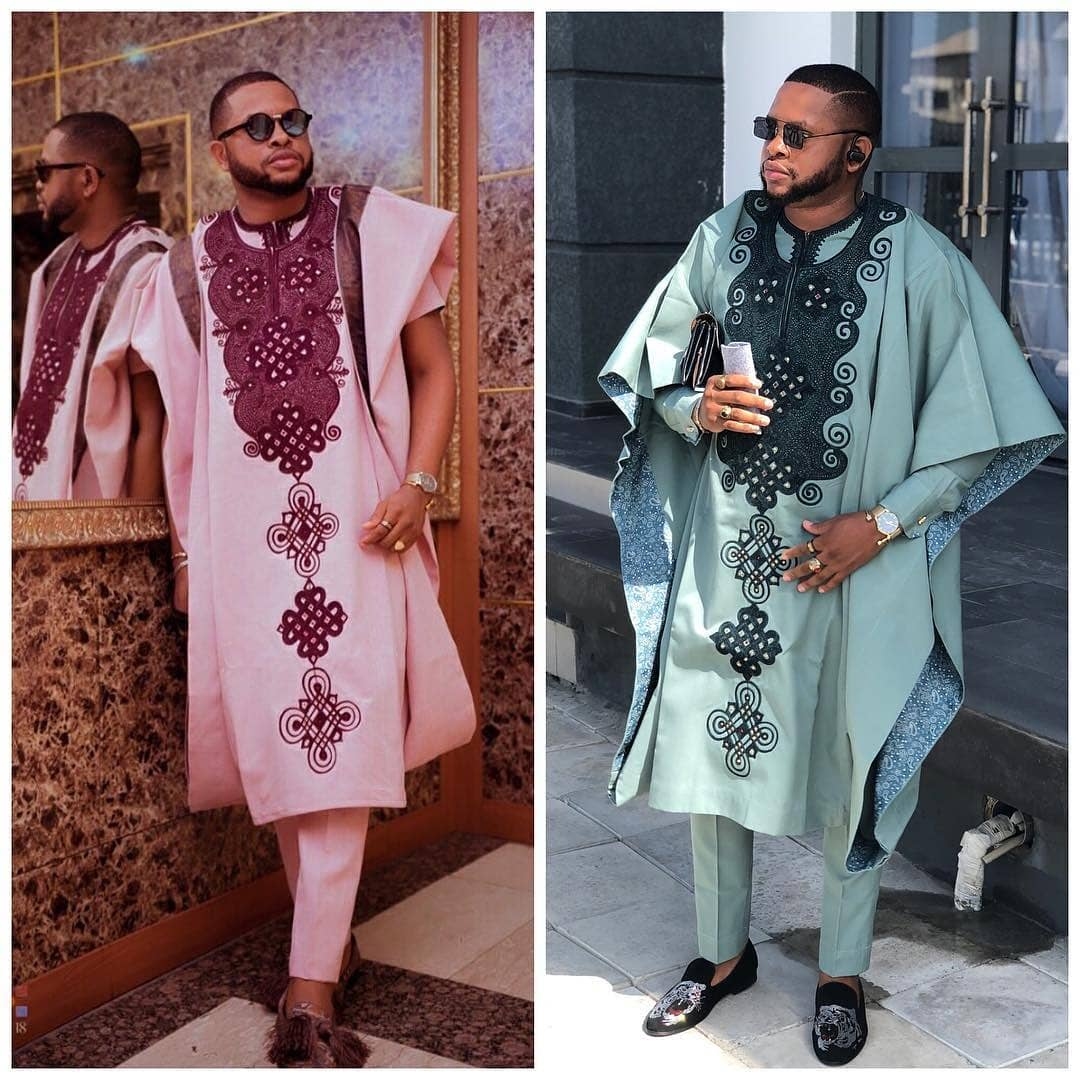African men (like the rest of the male population of the world) are generally fashion conscious and on the whole, love to dress and appear well – especially in public and during festive occasions.
However, what makes African men’s fashion unique is that it is ‘original’ – and ‘authentic’ in the truest sense of the word. This means that, overall, it is largely distinct and clearly different from the Western designs that the world is generally used to.
Today, we’ve made it our task to profile the most famous and impressive African men’s fashion and clothing styles by way of a general overview.
Let’s start the business of the day proper.
African men’s fashion: The Senegalese Kaftan
The Senegalese Kaftan (also called a boubou) is an attire exclusively reserved for men and is commonly worn in the French speaking country of Senegal.
This Kaftan variant is essentially a large pull-over robe designed with long sleeves that are finished in the bell fashion.
Usually made of cotton, synthetic fabric or lace material, the Senegalese Kaftan is sewn to cover the entire body and the outer garment consistently reaches (and sometimes, surpasses) the ankles.
This Kaftan is used largely as a formal dress in Senegal (and neighboring countries) though its use is ‘permissible’ for either semi-formal or completely informal events.
The Kaftan is worn with slippers or shoes – depending on one’s personal tastes and is often, worn with an accompanying cap.


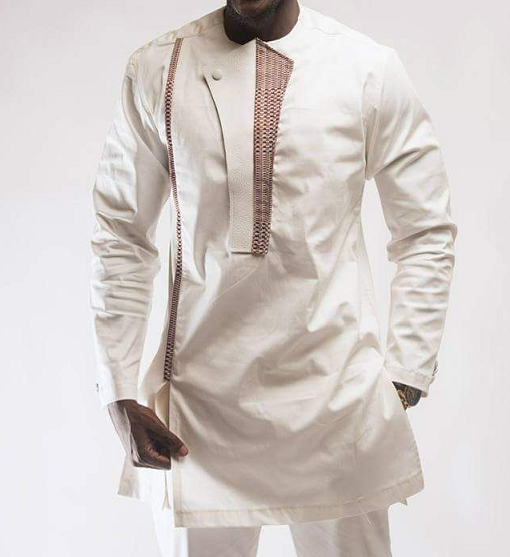


African men’s clothing: The Agbada
The Agbada is a large, overflowing native gown that reaches well below the knees and sometimes reaches the ankles of the wearer.
It is worn mainly by men and for it to remain on the body of the wearer; it needs constant adjustments that ensure that the ‘folds’ on the shoulder on the wearer don’t fall off. These folds and the manner they are maintained to keep the Agbada in place has given rise to the nickname, one thousand five hundred.
Usually sewn with a matching full length trouser and a body fitting long sleeved shirt, the Agbada traditional wear can be sewn brilliantly with just any material one finds though, single colored expensive materials work best for this style.
To complement the design, men wearing the Agbada are required to also wear a fitting native cap and shoes – if they are to stand out and look ‘responsible’ while going native.
Worn throughout West Africa to just any type of occasion/event that demands the attendance of the wearer, the Agbada is sometimes called (grand) Boubou or babban riga, depending on the country of origin/region of the wearer.


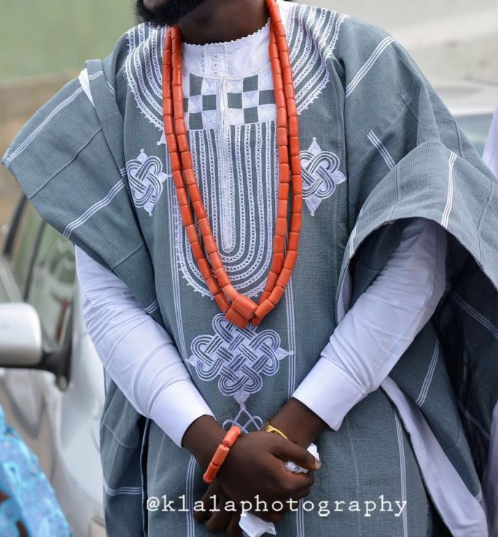
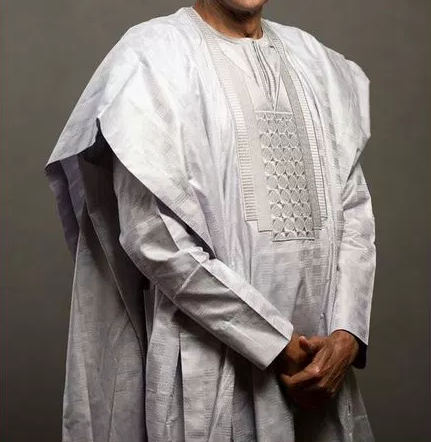
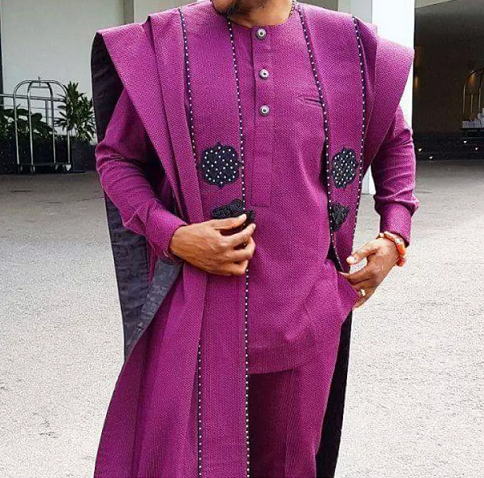

>>> See more Agbada styles here
The Senator Style
The Senator Style is a native attire that was popularized by Senator Pious Anyim – a former Senator of the upper legislative house (in Nigeria) and its President when he was a member of the house.
This native style is made from bold, strong suit material and has the shirt extending up to the knees with little or no embroidery. The trouser is usually made in a manner that matches the material used for the shirt.
Sewn in either long or short sleeves, this native style is plain, simple, powerful and importantly, has been adopted and is worn by men and guys all over Nigeria.
Standard accessories that make this style exceptional include smart, distinguished shoes, a bold wrist watch to match and if one is in the mood, sunglasses.


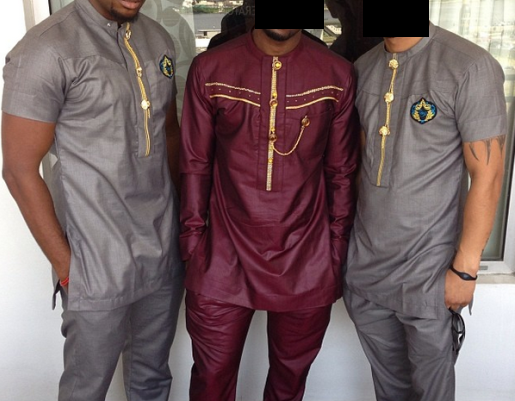

>>> See more Senator styles here
Kidan Habesha
The Kidan Habesha (also called the Ethiopian Suit) is very popular and mostly worn in Ethiopia.
The Kidan Habesha constitutes a white shirt, a pair of matching trousers and a thin, light fabric that is wrapped delicately around the shoulders and chest.
Worn mostly at/to wedding and other cultural events, the Ethiopian suit is adorned with a special type of white shoe with an elaborately designed walking stick to match.
The Ethiopian suit is very unique and portrays the Ethiopian (and by extension, African) culture at its peak.

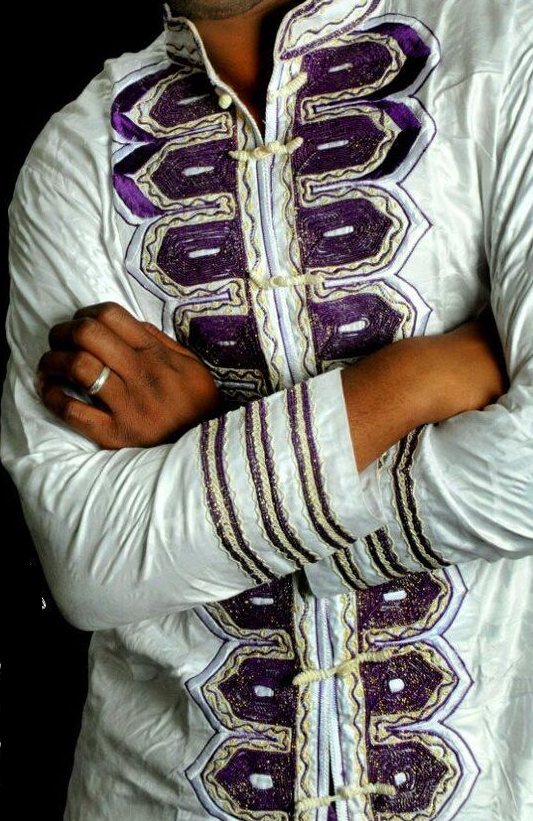
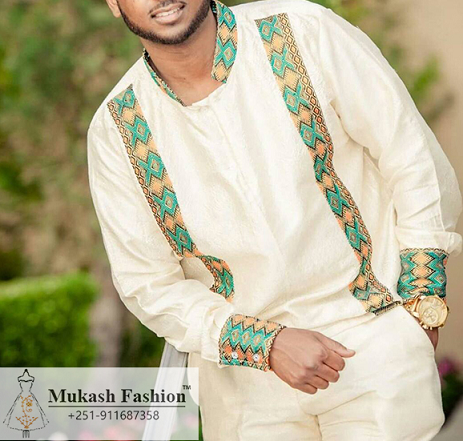


Atiku Native Style
The Atiku Native Style is a type of native attire sewn in a simple and smart manner with the end product, mostly body fitting.
This style closely resembles the Senator Native Style above but is distinguished by the fact that it is mostly rendered in short sleeves, though long sleeve variants are not completely absent.
Further, the Atiku Native Styles are light on embroidery and emphasize simplicity and elegance above all else.
Designers who are into this native piece render it often in navy blue, black or white, taking pains that the same material and fashion deployed on the tunic outside is the same with the matching trouser that makes the design complete.
This native attire can be worn with a cap if one chooses but equally looks great on any wearer without a cap on.
Originally of Nigerian origin, this style can be seen worn by men (and sometimes, women) in most of West Africa, Africa generally and to a lesser extent, South America.
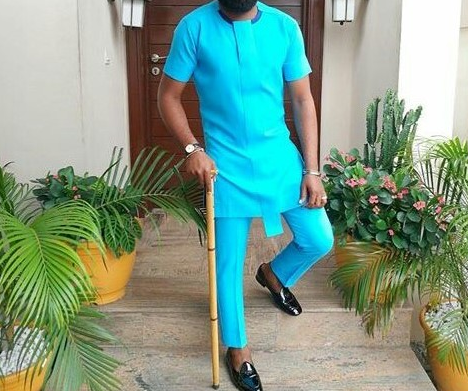

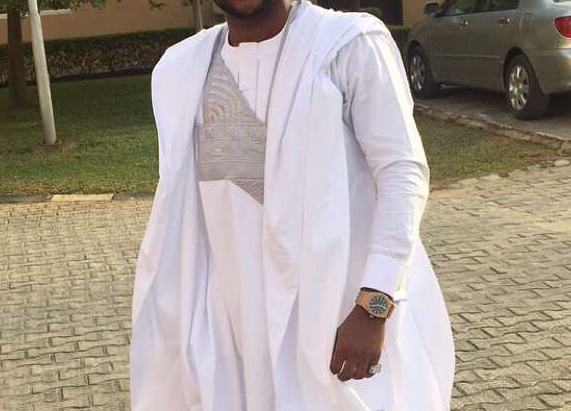

>>> See more Atiku Styles here
Kaftan
The Kaftan is a long loose native tunic that stretches below the knees and in some cases, reaches the ankles. This dress type (unlike the Agbada mentioned above) fits better and does not require constant adjustments to sit in place on one’s body when worn.
The Kaftan native attire is usually rendered in long sleeve form and usually has a trouser of same material to match.
Though a cap makes the attire fit better, it is not mandatory and many wearers appear wonderful without one.
Further, it is customary to wear the Kaftan with an ‘easy wear’ though casual shoes also look great when worn with the attire.
The Kaftan is popular in all of Africa – especially African countries with an appreciable population of either Moslems or Arabs.
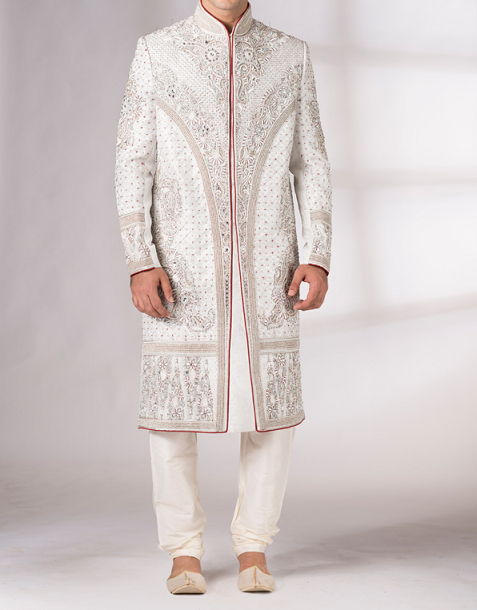



Dashiki
The Dashiki is sewn and designed like the Agbada mentioned above. However, the primary difference is its length (which never flows past the thighs); the fact that it has no ‘overflow’ that goes on the shoulders and importantly, it comes designed with two prominent pockets in front of it (instead of the sides as is obtainable in the case of Agbada).
The Dashiki is primarily designed and sewn with a matching full length trouser though some designs, at the moment, simply make do with a pair of shorts.
The Dashiki is worn with a cap or without depending on one’s preference or state of mind.
Further, shoes are optional when contemplating this traditional attire as it works well with either a pair of shoes or any other foot wear for that matter.
The Dashiki is quite popular in Nigeria and other West African countries including Ghana and Benin Republic.







>>> See more Dashiki styles (men) here
Sarong
Widely worn and appreciated in East Africa, the Sarong is majorly a checkered patterned large fabric that is usually wrapped loosely around the waist. Sometimes, other variants of this fashion style may implicate bright colors that may feature varied designs and patterns.
Usually, the Sarong is worn with a white long-sleeved shirt that reaches thigh length with the Sarong itself tied in such a manner that it stops just below the knees.
Usually, it is customary to wear a simple slippers (preferably, one made of animal hide) with this native attire. However, nothing stops a wearer from using formal shoes and a cap, especially, if the occasion is a significant or formal one.


Wrap Up
There, you have it: the most popular and widely adopted African men’s fashion and clothing styles we thought it wise to bring to your knowledge.
If we missed anything – or you sincerely believe that an African style should be here (instead of out), kindly offer your contribution by way of the comment box below.
Enjoy the fashion and unique styles the African continent offers!

